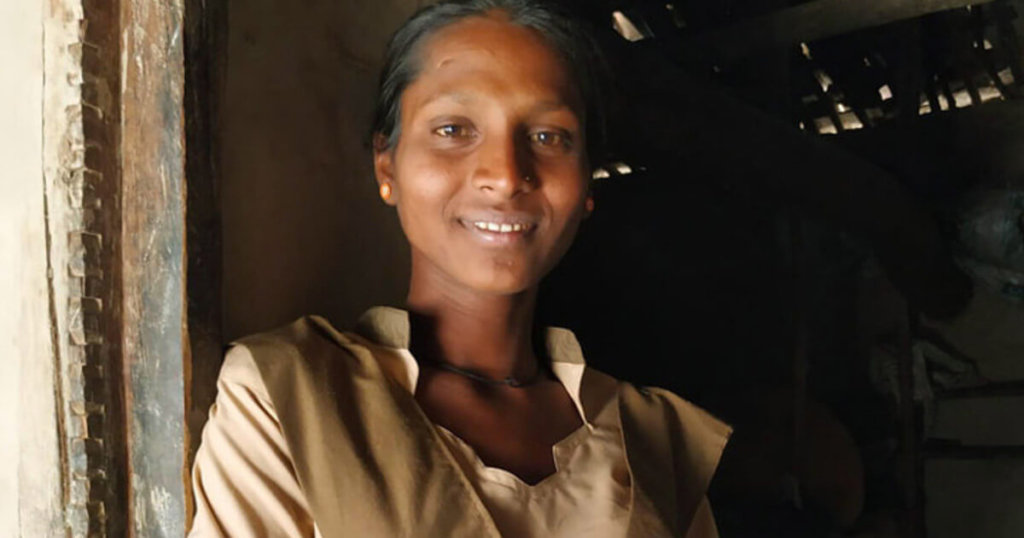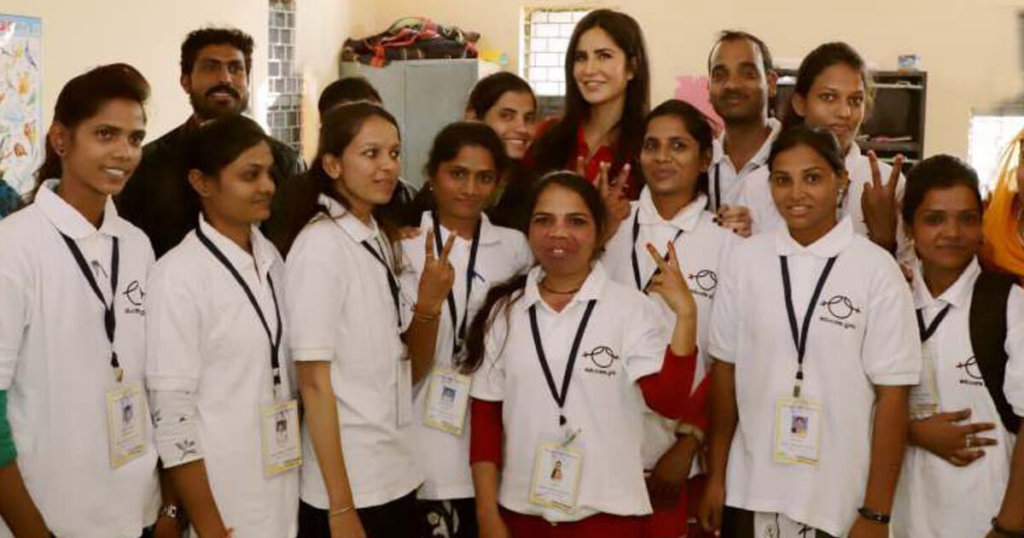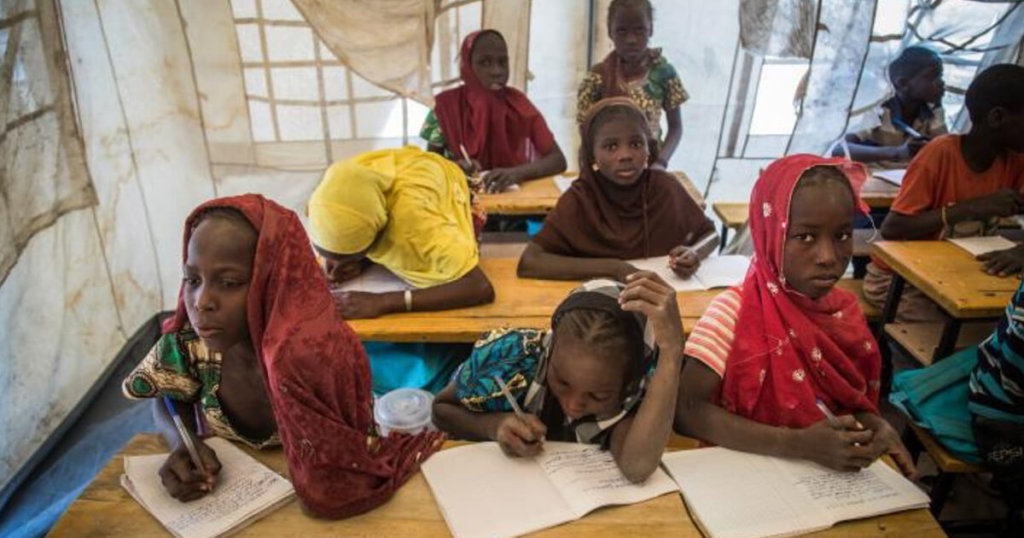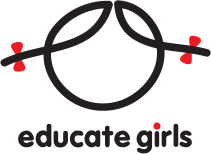Continued progress has been made in the sphere of primary education, with the disparity in enrollments gradually shrinking. According to UNESCO, globally girls now represent 53% of the out-of-school children, a marked improvement from the position since 2000 when 60% of out-of-school children were girls. This development should not however lead to complacency in the international community about the status and experience of girls in education, especially in developing countries like Africa, India, and others.
Despite the presence of more girls in the classroom, millions of girls continue to face discrimination, violence, neglect, exploitation, and abuse. Whereas education can play a major role in empowering and enriching girls with the same life chances as boys. The world has come a long way in the gains in the state of girls’ education but there is way more to cover. We can celebrate the fact that we are definitely getting closer, but now there is a need to increase the work pace.
Let’s review 4 parameters that will help us understand how far we have come over the past few decades and what are the challenges that still remain.
1. Girls Enrollment in Primary Schools: Understanding Girls’ Access to Education

Primary education provides a foundation for a lifetime of learning. Providing universal access to, and ensuring the completion of primary education for all girls is one of the key areas of concern identified in the Beijing Platform for Action adopted in 1995. Since then substantial progress has been made in achieving universal primary education and finishing the gender gap in enrollment
But in countries that have not reached parity, particularly in Africa, the Middle, and South-East Asia, girls are more likely to be disadvantaged than boys. The barriers that prevent children from attending primary school vary across and within countries but are often attached to poverty, geographic remoteness, armed conflict, lack of school infrastructure, and poor-quality education. Moreover, these obstacles often interact with gender inequality to increase learning disadvantages for marginalized girls. Interventions that address the high costs of education for families, including the scrapping of school fees, cash transfer programs, and school feeding programs, have demonstrated success at reaching out-of-school children, whether applied universally or targeted towards specific populations, such as rural girls.
Now addressing this social problem in a financial context. Societal blocks to female education must be understood as part of a much larger social contract, which has caused numerous social institutions of gender inequality. Traditionally, a boy’s education has been seen as an investment, increasing the earnings and social status of a family, however, different standards apply when it comes to girls. The benefits of a girl’s education are generally viewed as going to the family she marries into, thus providing little incentive to invest scarce resources, both human and monetary, into such activity. Also, given the relatively low educational implementation, especially in rural areas, the marriageability of an educated girl presents its own problems. These factors combine to cement attitudes fundamentally opposed to female education.
2. Secondary Education: Increase in Gender Disparities Giving Birth to More Complex Patterns Of Disadvantages

Investing in secondary education is essential for equipping adolescent children with the knowledge and skill to become productive and engaged citizens. Advancing girls’ secondary education, in particular, is one of the most commendable development strategies any country can invest in. Completion of secondary education brings significant benefits to girls and societies – from increased lifetime earnings to reductions in adolescent childbearing, child marriage, stunting, and maternal & child mortality. Despite hard-won gains over the last quarter-century, we are still 100 years from closing the gender gap in education.
Enrolling girls in school is just the beginning. But ensuring that girls stay in school can be equally difficult. Millions of girls who have enrolled in schools drop out before they complete, either primary or lower-secondary school. Gender disparity in enrollment is more common in several countries at the secondary level than at the primary level.
While both out-of-school adolescent boys and girls face social and economic challenges, out-of-school girls are at greater risk of early and forced marriage and childhood pregnancies. As per a report published by UNICEF, globally, girls comprised 49% of the out-of-school population among school children of lower secondary school age in 2018, compared to 54% in 2000. Less than 10% of children are out of school in North America, Europe & Central Asia, and Latin America while the rates are 36% and 39% for adolescent girls and boys of low secondary age in sub-Saharan Africa.
3. Quality Education: Is Good Education a Dream or Reality for Girls?
Another important parameter in understanding the crisis and progress in girls’ education is whether they are able to access a quality education or not. The fight to end extreme poverty globally cannot be won without quality education. It would be the most effective tool against poverty and instability worldwide.
To be sure there has been an improvement, girls’ enrollment rates have doubled in the past 25 years. The global gap between the number of girls and boys in school has narrowed to near parity. According to UNESCO, since 2000 the number of girls not getting any education has dropped substantially from 205 million to 129 million.
But 129 million is also an appallingly large number of girls who are being denied their fundamental right to quality education and the future that learning unlocks.
In schools, a lack of trained teachers, inadequate education materials, and poor infrastructure make learning difficult for many girl students. It is disheartening as they overcome all the difficulties like economic fragility, political instability, conflicts, or many-a-times natural disasters to come to school but still due to poor facilities at school, they make no progress.
Without quality education, women face considerable barriers to employment and earning potential later in life. In many developing countries, various activists and non-profits have come forward to look out for this cause. All around the globe, they are working hard to fight back. They have designed several interventions through which quality education for most marginalized girls can be accessed. With help from government bodies also it is becoming possible in countries like Africa and India that a lot of underserved girls are finally aiming to be successful.
4. Access to Education: Is Learning Accessible to Girls in Disaster Affected Areas?

Conflicts and disasters are about destruction. Discrimination is about disempowerment. Combine the two and we get a raw reality affecting millions of girls. Standing amidst the ruins of their towns, communities, and families, girls are also suppressed by marginalization, exclusion, and lost opportunities because of their gender. An estimated 39 million adolescent girls in countries like Afghanistan are affected by armed conflict or natural disasters, resulting in a lack of access to quality education for them.
They represent a new generation prevented from acquiring skills to withstand the shocks of crisis, rebuild their lives, and contribute to the reconstruction of their society. They also represent a generation that is deprived of the right to learn, grow, and achieve their potential. Mentioning a few illustrative examples of the disaster-affected population, 72% of the primary-aged girls in the South Sedan do not attend school, in Kenya only 38% of primary school students are girls, and in Afghanistan 70% of the 3.5 million kids out of school are girls.
As a result of the combined discrimination and destruction wrought upon them, girls in emergency settings do not attend and complete school. And as per the stats, girls living in conflict and crisis-affected contexts are nearly 2.5 times more likely to be out of school than those living in a country where there is no crisis. Somewhere it is not societal fault as when people lose everything to a disaster or conflict, what are they left with? Their family only. In such a scenario, boys tend to be the priority for education. Girls fall behind because it is comparatively difficult for them to access education due to multiple barriers.
Promoting girls’ education in conflict areas has multiple challenges. It requires access to data and analysis of the gender disparities between girls and boys. As of now, little or no work is in action for enhancing the opportunities for quality education for girls in these areas.
These challenges can be overcome. To break through those barriers, humanitarian and development partners need to work together on the ground toward gender-equitable education systems.
Gender-Equitable education systems help keep girls in school, building prosperity for entire communities.
Barriers stated above should not keep girls from getting their basic right to education. By implementing evidence-informed strategies, we can break all these barriers to make education work for every girl even in the marginalized sections. In addition to other benefits of educating girls and women – such as improved health, better nutrition, and higher rates of childhood vaccination, a World Bank research shows that each additional year of quality education, with real learning, can increase future income by 14% for girls.
Support a girl child to overcome barriers and achieve her potential. Donate today!

